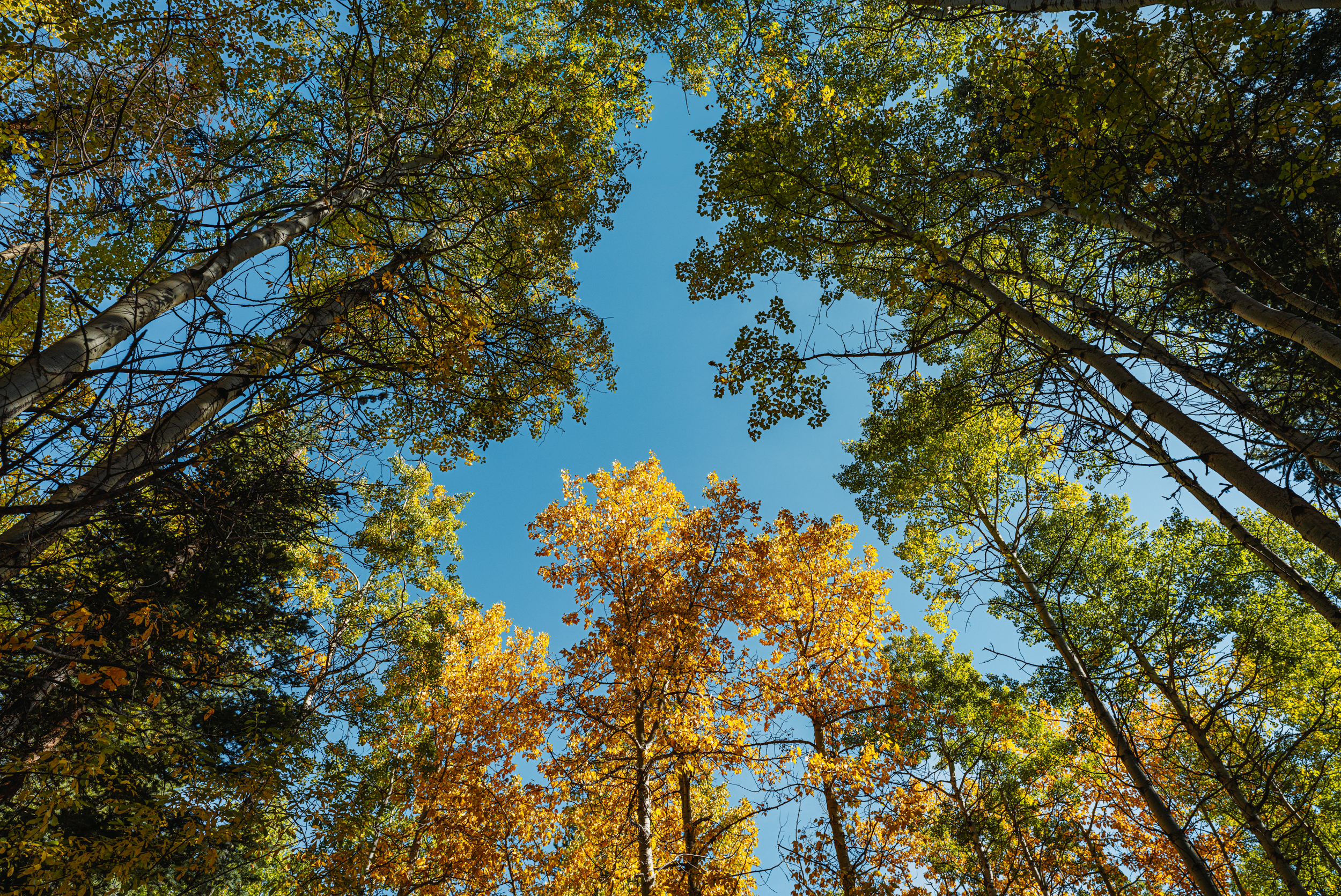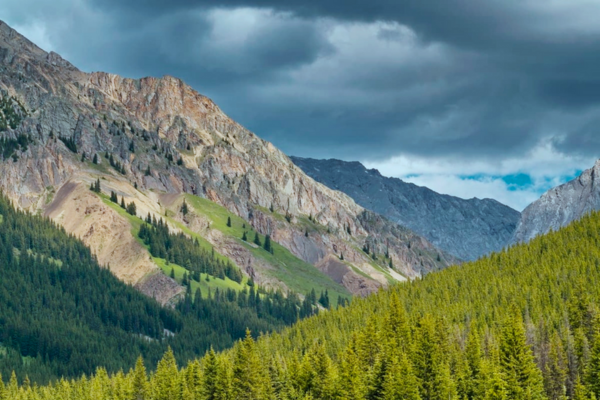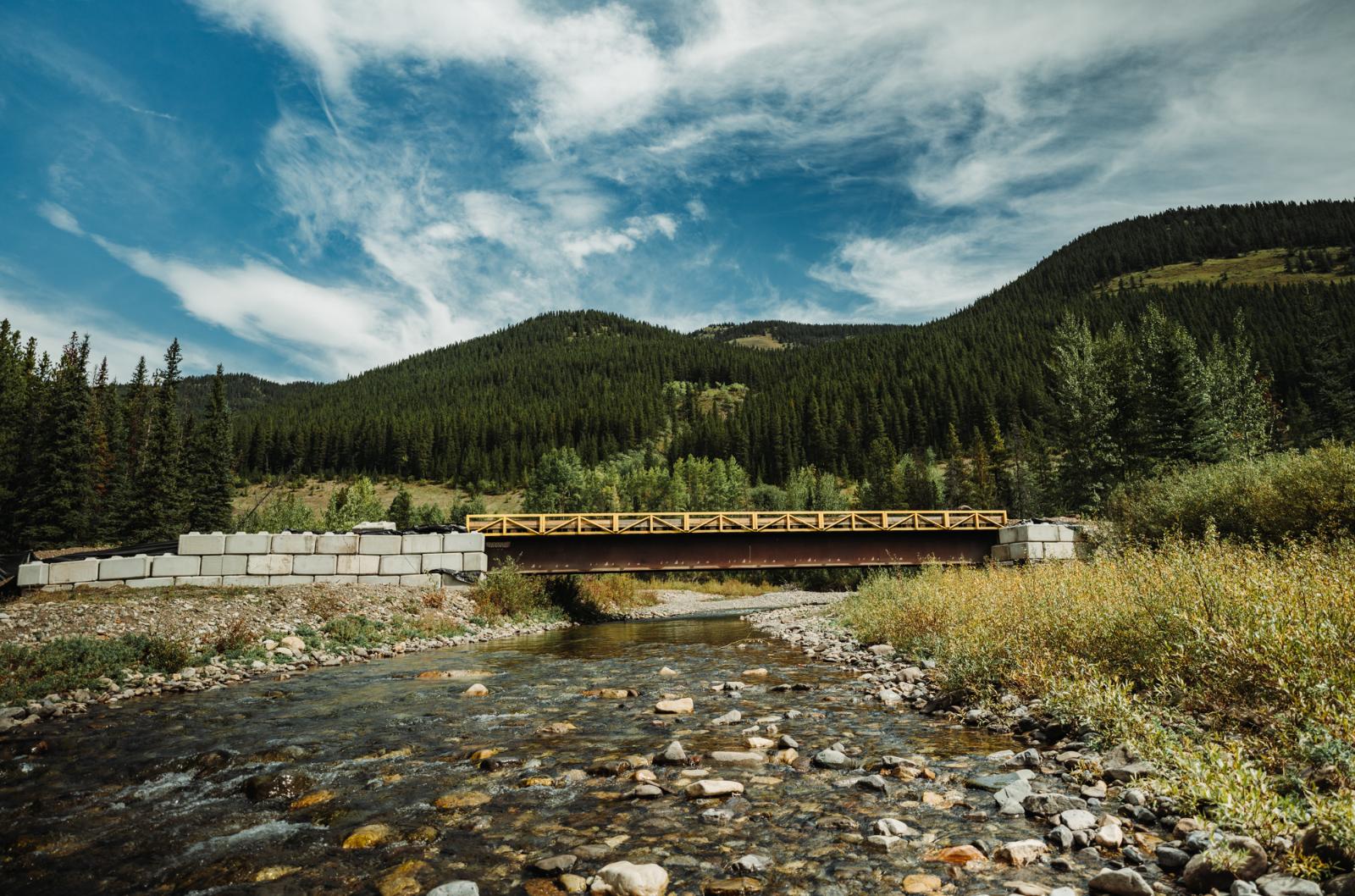Mohkinstsis/Calgary, Alberta
In Part 3 of this series, we described the extent of forest industry lobbying on Fisheries and Species at Risk. In this post, we’ll be exploring some of the intent, content, and outcomes of this lobbying effort.
After Critical Habitat Orders were published to protect Bull Trout and Athabasca Rainbow Trout in 2021 the Alberta Forest Products Association (AFPA), Alberta’s logging industry association, met Fisheries and Oceans Canada (DFO) to discuss “serious concerns regarding the impact on our members and the forest industry in Alberta.”
In response to these concerns, DFO “committed to working with AFPA and the Alberta government towards developing a streamlined approach that provides regulatory certainty for industry and minimizes regulatory burden for government and industry.”
Business-As-Usual
DFO issued interim guidance to the forest industry in 2021-22 and 2022-23 (pg. 73), which for the most part allowed the industry to continue business-as-usual, although with some extra reporting requirements, even though critical habitat was now legally protected.
Importantly, under the interim guidance, temporary crossings on seasonal streams (temporary, intermittent and ephemeral) were allowed to proceed via “notification.” This involved a requirement to send photographs of crossing sites to DFO, but no requirement to actually go through a SARA permitting process. Even with these minimal requirements for industry, in 2021-22, DFO received only one set of notifications from 1 out of 7 operators.
As a result, headwaters streams, which make up more than 50% of the river network length in the Foothills, and which are vital to trout survival, did not receive critical habitat protection during this time. This has led to significant losses of critical habitat from forestry operations, as we describe in our Critical Habitat report.
In 2023, DFO described in an internal briefing note how “The Alberta forestry sector is the only industry in Alberta where DFO has been taking a collaborative approach and phased approach to compliance under the Fisheries Act and Species at Risk Act.”
In other words, Alberta’s forest industry was allowed to destroy legally protected critical habitat for multiple years, without repercussion. Other industries did not get this special dispensation.
Provincial Regulations Ineffective
However, DFO did recognize that due diligence was necessary to identify if Alberta’s provincial regulations, the Operating Ground Rules (OGRs), were protecting native trout. In September 2021, they visited 63 forestry crossings in Alberta and “erosion and sediment control issues were flagged on 50% of the sites,” a clear indication that provincial rules were failing.
They also identified that “the OGRs are not protective of species at risk and critical habitat.” This was particularly in reference to smaller watercourses (transitional, intermittent, ephemeral) “because the OGRs for those watercourses do not provide adequate protection for critical habitat by allowing harvesting and operations within the 30 metre riparian area mapped by the bounding box critical habitat area.”
As a result, DFO issued new guidance for 2023, which provided:
- A clearer method for watercourse classification (seasonal vs. perennial) due to “operator-specific and regional variation to watercourse classification by members of the Alberta forestry sector”.
- A change in policy to no longer accept notifications for seasonal critical habitat watercourses unless the site is found to not have the critical habitat features and attributes.
- A change in policy outlining how “operators should plan to protect the 30 m riparian area on all seasonal watercourses that fit the features and attributes to support a function in the recovery strategy, in addition to the protection of the 30 m riparian area on all perennial watercourse.” If destruction can’t be mitigated, the company must apply for authorization for critical habitat destruction from DFO.
Industry Push-Back
These changes were a small but important step forward for actually protecting critical habitat, but they were immediately met with fierce opposition from industry. AFPA and FPAC complained to DFO of issues such as “exponential increase in administrative burden” and “regulatory ambiguity” and called for the 2023 guidance to be cancelled indefinitely.
They also called for a return to the previous business-as-usual process of industry providing only notifications for operations associated with seasonal streams. They even called for re-opening of the recovery strategies to correct “science inaccuracies”. Internally, DFO staff described the response from the industry association as “disheartening.”
DFO responded by refusing to cancel the 2023 guidance and described how “the notification process cannot continue into the future as this process allows for activities and harvesting that may lead to the destruction of critical habitat which is prohibited under the Species at Risk Act without a SARA permit.”
Throughout, AFPA has gone to great lengths to argue that provincial rules are sufficient, even though this is clearly not the case. In fact, one of their stated provincial lobbying aims is “working with the department [Alberta Forestry & Parks] to respond to the Government of Canada’s habitat protection orders for trout species in Alberta with the goal of demonstrating the rigour and science behind Alberta’s forestry Operating Ground Rules.”
This effort has been highly successful, with the province directly supporting AFPA’s position with the Deputy Minister of Alberta Forestry and Parks joining meetings between AFPA and DFO and the Minister sending a letter to DFO which stated that DFO’s 2023 guidance “has shown to further increase duplicative regulatory burdens which are proving to have negative impacts on Alberta’s resource industries and is unlikely to offer any additional protection to native trout.”
This is also reflected in Alberta’s latest ministerial mandate letters, in which the Minister of Environment and Protected Areas is celebrated for “Alberta’s response to federal overreach into provincial jurisdiction to combat the oil and gas emissions cap, electricity regulations, amendments to the federal Competition Act, attempts to ban and restrict the use of plastics, the federal Impact Assessment Act and Species at Risk Act.” and instructed to “Assert the province’s full constitutionally protected development management authority in dealing with Species at Risk…”.
What next?
In their 2023 guidance document DFO described their processes (e.g., the latest guidance document) as part of a means to “bring the industry into compliance” and appear to be moving toward having bulk authorizations at a planning level. The concern is that the SARA permitting process becomes an administrative process that industry must go through, but that ultimately results in all the same critical habitat destruction, this time with a permit making it legal.
This is what we are now seeing happen, with the recent issuing by DFO of a bulk SARA permit for destruction of critical habitat in the Upper Highwood.
It’s vital that SARA be used to actually protect critical habitat from destruction, not merely document and authorize it. Alberta’s regulations are not capable of meeting the requirements of native trout habitat protection under SARA. Native trout will not survive and recover without strong non-discretionary protections. DFO has the tools to enforce these protections. We call on the department to do just that.
CPAWS is Canada’s voice for wilderness. Since 1967, the Southern Alberta Chapter has provided science-based support and advice to conserve Alberta’s parks and wild spaces. Our chapter has reached more than 150,000 students with award-winning environmental education programs since 1997.
More News

Critical Habitat and Industry Lobbying Part 4: How DFO Allows Critical Habitat Destruction

Our Take: The New Ministry Mandate Letters

